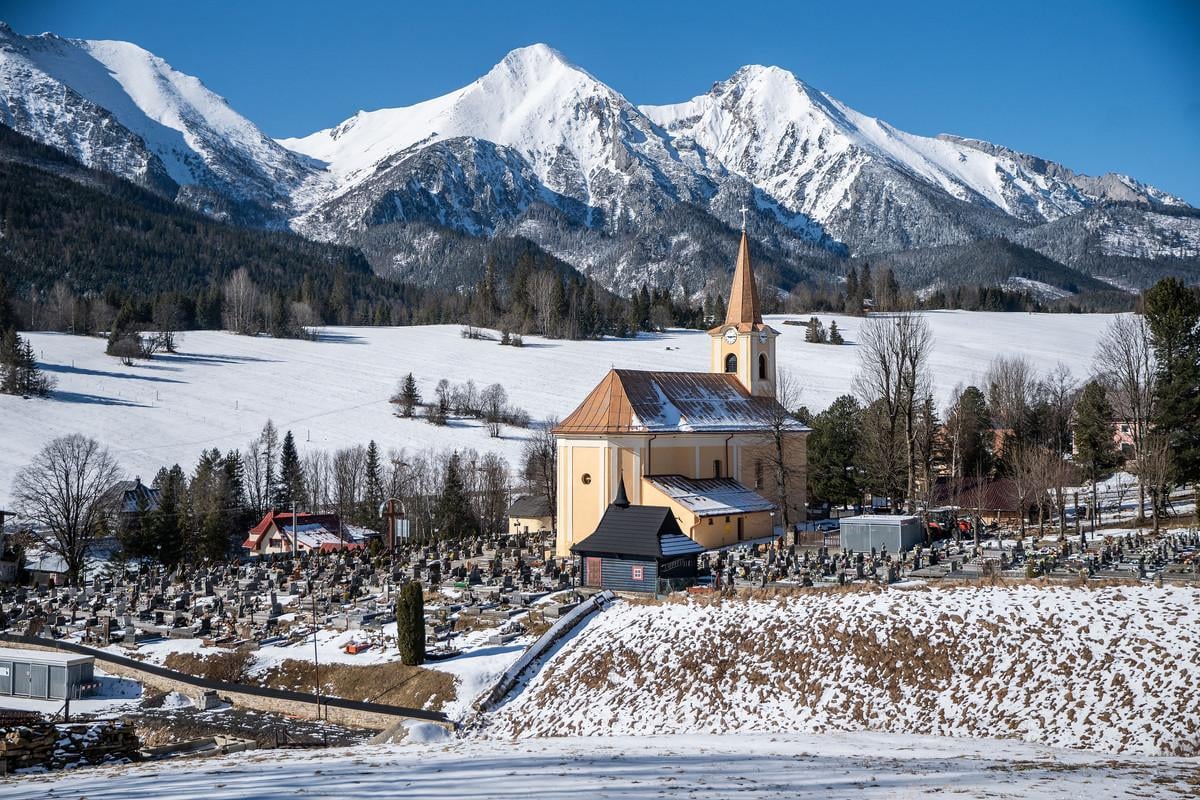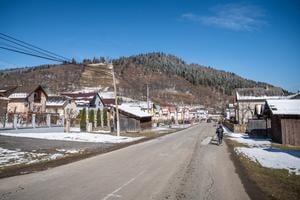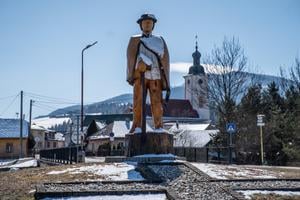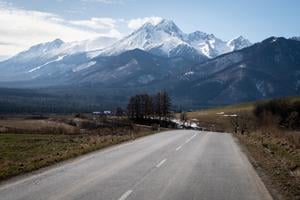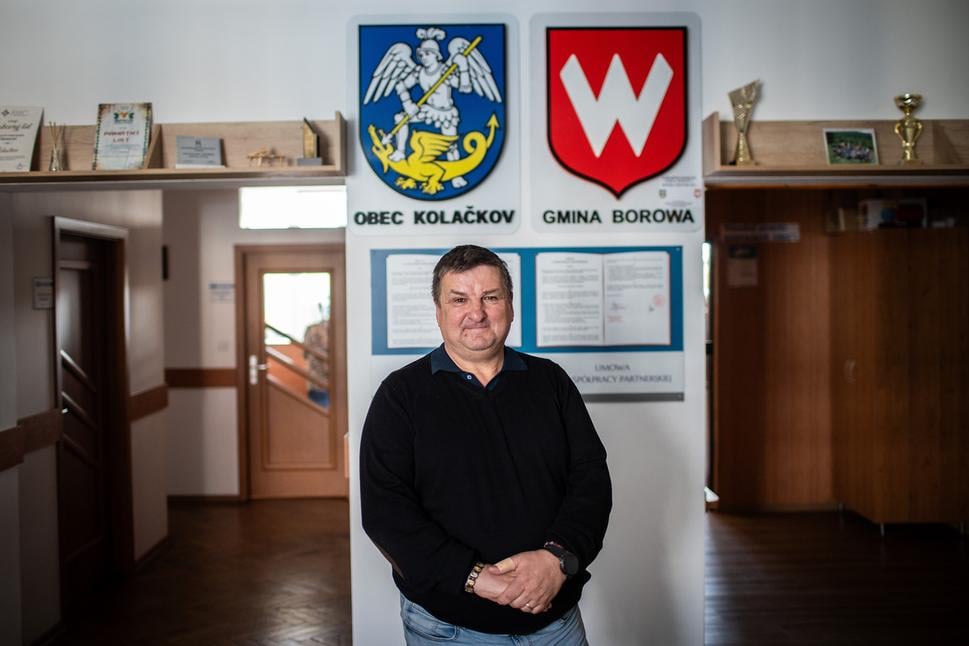“We’re Slovaks, even if we speak a little differently,” says Pavol Zamiška, mayor of the village of Kolačkov.
The Gorals, who live in the Polish-Slovak border regions, are best known to the rest of Slovakia for their distinctive hats, music and traditional dress. Zamiška describes them as “tough but fair” people. Some would say that toughness occasionally comes with fists.
But above all, the Gorals take pride in being Gorals.
In January, following a relatively swift process, they were officially recognised as a national minority.
The change was driven by sociological data that showed their culture was on the verge of extinction. A grassroots campaign encouraged as many people as possible to declare Goral nationality during the population census, and pushed for minority status. What worked in their favour was a lack of clear legal definition in Slovak legislation of what constitutes a national minority.
On 29 January 2025, at an off-site government meeting in Červený Kláštor, the Gorals were officially recognised as Slovakia’s 15th national minority.
This means they are now eligible for public funding from the Fund for the Support of Cultural Minorities. They believe this financial backing could be key to saving their traditions.
“If we could have drawn from the fund as an ethnic group, we would have remained an ethnic group,” says Zamiška.
While folk groups from Spiš and Zamagurie regions have welcomed the news, the government’s decision to recognise the Goral community as a national minority has sparked surprise among experts. Members of the Spiš Historical Society – which brings together professional historians, archivists, archaeologists and ethnographers – have labelled the move a scientific absurdity.
“We’ve handled thousands of documents, and not a single one mentions Gorals as a nation that settled here,” said the society’s chair, Vladimír Olejník.
According to him, regional identities such as Gorals, Spišiaks, Liptáci or Záhoráci have nothing to do with ethnicity.
Still, the preservation of Goral culture is a personal mission for the Galik couple. They sew traditional costumes, and Helena Galiková runs the Museum of Folk Culture in Lendak.
“It’s just a formality. In government, it’s a contest to see who can talk the most nonsense,” František Galik remarked.
Work, land, faith, family
In the village of Lendak, the Goral dialect can still be heard even in the municipal office. This settlement beneath the Tatras is known for its strong religious faith—and for the fact that some locals continue to wear traditional Goral folk dress. During the last census, Lendak recorded the highest number of residents identifying with the then-unrecognised Goral nationality: 529 in total.
Ján Neupauer, who heads the local culture department, was not one of them. He sees himself clearly as Slovak. “What I missed in the census was the option to mark Goral as my mother tongue,” he says.
Although he ticked the Slovak nationality box, he emphasises that he grew up with Goral roots—and those, he believes, shaped his moral foundation. “The values of the Gorals are work, land, faith, and family,” he lists.
The census did not include Goral nationality as a pre-set option; those wishing to declare it had to write it in under “other”. In 2021, 5,273 people across Slovakia identified as Goral in this way—537 listed it as their primary nationality, with the rest choosing it as a secondary identity.
Yet research by the Matej Bel Institute estimates that around 57,000 Gorals live in Slovakia, mostly in the regions of Spiš, Zamagurie, Upper Orava, and Upper Kysuce.
Where the Gorals come from
“My father, grandfather and great-grandfather all used to say: We are not Poles. We are Gorals living in Slovakia, and we consider ourselves an inseparable part of the Slovak majority nation. But our identity is Goral,” says Zamiška.
Goral culture developed under the influence of the Wallachian colonisation. Nomadic shepherds settled in the less fertile mountain valleys of the Kingdom of Hungary—including northern Slovakia—alongside the local population, who also sought better conditions by establishing settlements under Wallachian law.

